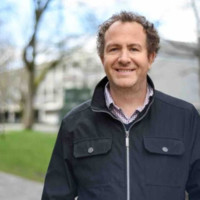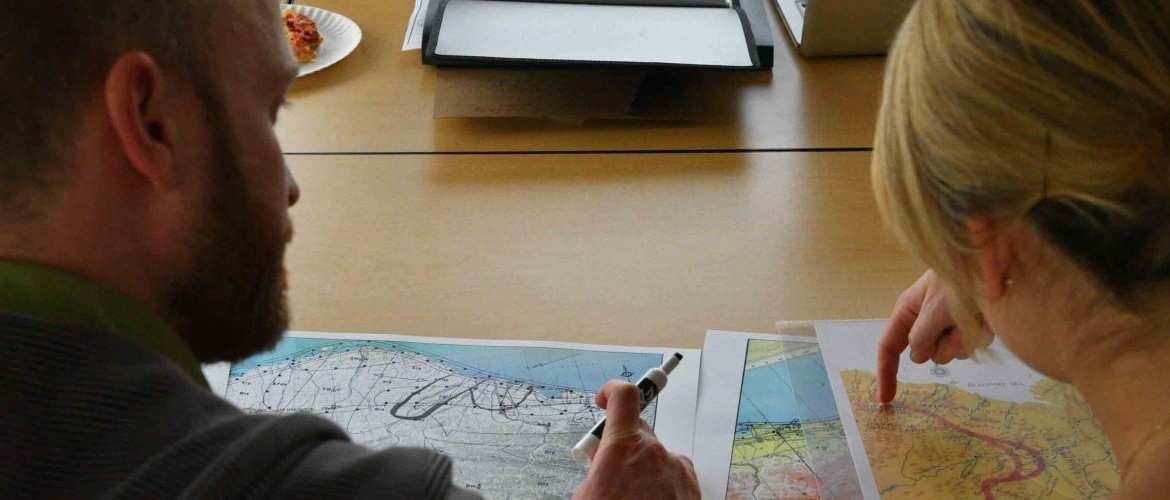We recently had the opportunity to interview Lucas Wright on integrating Indigenous perspectives in his role as an Educational Consultant: Learning Technology, Teaching and Learning Professional Development.
What interested you in taking the design series?

Lucas Wright, Educational Consultant, Learning Technology, Teaching and Learning Professional Development
In the last couple of years a group of educational consultants have been working on redesigning the Teaching in a Blended Learning Course (T-BLE). T-BLE is a blended course that supports instructors through the process of designing, developing and delivering online and blended courses. We feel that Indigenous perspectives and approaches to teaching and learning need to be both included and interwoven within the course. However, we have never had a deep enough understanding of how we can approach this and ways that we can move beyond a token inclusion of Indigenous content and process. The idea of a series that could provide me support as I worked on this redesign seemed like an incredible opportunity.
In your role as an educational consultant, where did you see intersections with Indigenous engagement?
After completing the II Design Series I have started to see more and more intersections between my role as an educational consultant and Indigenous Engagement. In particular, I am wondering about ways that I can support instructors considering the whole learner and positionality in their classroom practice. I would like to explore how instructors recognize and deal with microaggressions in online environments. As we have more students studying online and even completing work on the open web, considering the impact of microaggressions in these spaces is important. We are not equally vulnerable online and as an education consultant, I would like to find ways to help instructors think about ways of structuring online courses to support students who may be more vulnerable in this space.
Were there any “ah-ha” moments or things you learned in the series that have shifted or impacted your practice or approach?
A key moment for me in the course was viewing the way that some of the instructors in my group have integrated Indigenous knowledge and processes in their courses. As someone who is just starting out in this area, it was amazing how much some instructors have included indigenous content and processes in their course and included ways of having their students participate in events within Indigenous communities.
What is one activity that you did during the series that stood out to you and why?
On the final session of the series we presented a territorial acknowledgement and positionality statement that we developed. In the past I have done territorial acknowledgements but I have not had the chance to really think about the meaning of these acknowledgements. This activity gave me a space to reflect on the what it really meant to learn and work on unceded Musqueam territorial land. What does it mean to be a settler working and learning on unceded territory and how can I reflect my positionality in a genuine acknowledgement. I really enjoyed having the space to do this. The support to compose it and the opportunity to present this to colleagues and receive feedback.
How would you describe the series to one of your colleagues who have never taken it before?
I would describe it as a series that guides you through developing your understanding of Indigenous initiatives, approaches and ways of incorporating these in resources and courses. This series combines facilitated activities where you unpack and explore your understanding of place and positionality in teaching and learning with opportunities to design your course or resource and receive feedback from your peers and the program facilitators. The series also is designed deliberately to create a space for participants to take risks in discussing and sharing.
